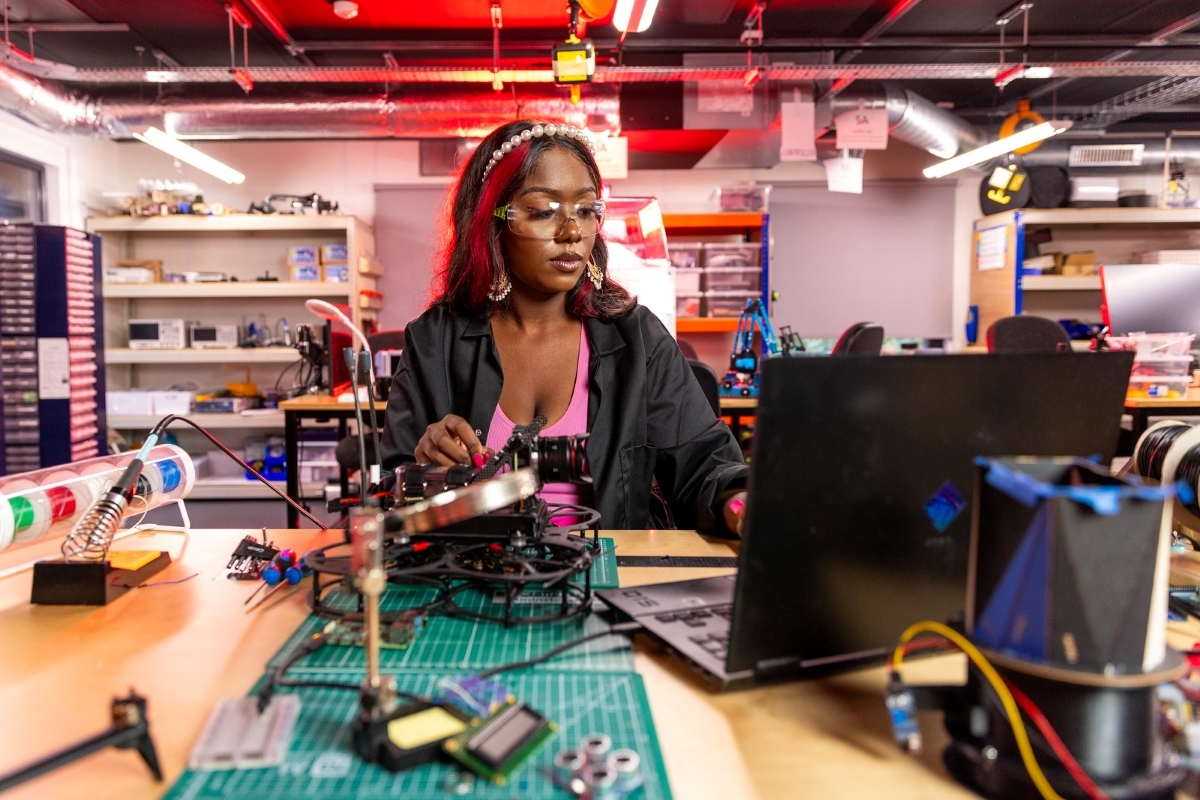Thrivership Coaching – Helping to facilitate empowerment from trauma and abuse

I can always remember one of the incidences of intimate partner violence or domestic abuse that I experienced that was related to the workplace. I was 19 years old, and I had organised the work Christmas party. It was a lavish affair and it had taken months of effort, organising and planning. My partner did not want me to attend, and all hell had broken loose at my home, where I lived alone. He wouldn’t let me go. The details are quite fuzzy now, but I remember three of my work colleagues turning up at my front door on the way to the party, to try and convince me to attend. I sat there on the steps of my flat telling them there was no way I could go whilst sobbing my heart out. There was also some altercation between my partner and the colleagues, as he came out to tell me to come back inside.
It is funny that 24 years later this is one of the memories of this relationship that stands out, of course, there were many more incidences. I don’t recall whether there was any violence on this occasion, or whether it was more the emotional abuse or fear of the repercussions if I had gone to the party. When I went back to work the following day, full of feelings that I couldn’t or even know how to process at the time; feelings of shame, guilt, and embarrassment, I don’t really remember anyone sitting down with me to check if I was okay, if I was safe, or asking me if I wanted to talk. Maybe they did try, and I just brushed it off, in my naivety, all relationships were difficult, weren’t they? I also wonder if two decades later would we know how to handle that conversation with the girl I was back then, any differently from how my colleagues approached the situation? I would like to say yes, but in all honesty, when it comes to a form of abuse, I am not so sure. It is a tricky one to navigate and to support someone in this scenario, particularly if they are not ready or too afraid to confront the problem, which took me another two years to find the courage to leave this relationship.
What is Domestic Abuse and Violence?
The term domestic violence or abuse (DVA) conjures up for many a heterosexual couple who live together, with the scenario of a male physically assaulting the female, in any case, it is used to refer to intimate partner violence, but the term is not limited to partner violence (World Health Organization, 2012). You might not be aware that it can refer to abuse on and by any member of the family. DVA is terrorising patterns of behaviour between any two people who are or have been intimate partners or family members, notwithstanding their sex or age (Sohal, Feder & Johnson, 2012). The ONS has established that almost one in three women aged 16-59 will experience domestic abuse in her lifetime.
Domestic abuse can come in many forms as listed here by the charity Women’s Aid
- Coercive control (a pattern of intimidation, degradation, isolation and control with the use or threat of physical or sexual violence)
- Psychological and/or emotional abuse
- Physical or sexual abuse
- Financial or economic abuse
- Harassment and stalking
- Online or digital abuse
If you are worried about someone simply start by approaching them and checking in to see how they are feeling. You can point out changes to their behaviour that you have noticed, for example, if they have withdrawn from social work events or a change in their mood.
Someone may not want to share straight away, and trust can take time to build. Not only that, it is the recognition that someone needs that they need to get professional support or help to move out of the situation they have found themselves in. Refuge highlight how two women a week are killed by a current or former partner in England and Wales alone, so the risks can be extremely high for someone to even dare to speak out even in confidence, especially if they are protecting children.
CHAMPS for Change CIC
Sharing my own story with you is the first time I have publicly shared my lived experience of DVA, and it was the catalyst for me to start CHAMPS for Change my Community Interest Company in August 2019. The purpose initially was to establish a centre for post-traumatic growth research, my research area having completed my MSc in Applied Positive Psychology and Coaching Psychology at the University of East London. Whilst writing my paper on coaching and post-traumatic growth I came across a piece of research called “A qualitative exploration of ‘thrivership’ among women who have experienced domestic violence and abuse: Development of a new model” by Heywood et al (2019). I loved this concept because it was the first time, I had considered that someone could thrive having experienced a form of abuse. This paper demonstrated how women who had experienced a form of abuse had got to a place of personal and psychological safety and moved into a phase of ‘thrivership’.
The Coaching Thrivership Programme is Born
I reached out to the Birmingham charity that had been involved in this research, a charity called WE:ARE and asked if I could meet with them. WE:ARE delivers a range of awareness, empowerment and parenting programmes for women affected by domestic abuse. Having researched and experienced how coaching could support the process of post-traumatic growth, I got the idea of providing coaching to these women. These women who now wanted to empower themselves, curate their own lives with the freedom they had fought so hard for, and in many cases against insurmountable barriers and obstacles.
April 2020, right in the middle of lockdown one we had a pool of women interested in the coaching who had been with WE:ARE for some time and had undergone their programmes. Through a coaching readiness questionnaire, I paired these women with a volunteer coach. Most of my coaches had come from the same MSc programme as myself and had been involved in volunteering with a women’s charity as part of our studies. The premise was simple, for the coach to support the woman on a 6-month journey. There was no set requirement of what the coaching would entail or structure, a 90-minute initial discovery session, followed by five one-hour sessions.
The results of the pilot were incredible. The feedback that the women gave was that they were able to understand the importance of wellbeing, it allowed them to take back control, to create self-acceptance. Not only did the women feel they had more clarity on their goals and future, but they were also able to look to the future by creating plans with strengths and resources, plan for both themselves and their families, which meant achievement and growth.
The women experienced growth and learning, but also the feedback from the coaches is that they too have taken so much learning and experience from the process as individuals and as professionals.
Next Steps
With the success of the pilot coaching programme, we delivered our second coaching programme in 2021 to establish the results of the programme. Now in 2022, we are in our third year, and we have launched our programme beyond the charity to allow any woman who has experienced abuse to find their way to thrive in their life in their own unique way.
The team has grown to create more volunteer coaches and we have begun to provide the women with optional developmental sessions.
As the programme has evidenced the richness of experience, I have started to write up our findings in an academic paper with a university partner, to share more formally the impact of our Thrivership Coaching across our coaching community, the women, and the coaches.
For me, this coaching programme has given me the greatest opportunity to heal. It has enabled my own growth, it has also pushed me out of my comfort zone as I have expanded a social enterprise, an area I knew relatively little about. Most importantly it has provided the opportunity for women who have experienced the trauma of abuse, the support to move into thrivership and enable them to discover a new journey and path in life that belongs to them.
By Ruth Cooper-Dickson, Award-winning Mental Wealth Entrepreneur, Speaker, & Chief Executive Officer CHAMPS
References:
Understanding and addressing violence against women: Intimate partner violence. World Health Organization. (2012).
Domestic violence and abuse. Sohal, A., Feder, G., & Johnson, M. (2012). InnovAiT.
“A qualitative exploration of ‘thrivership’ among women who have experienced domestic violence and abuse: Development of a new model” Isobel Heywood, Dana Sammut and Caroline Bradbury-Jones (2019) BMC Women’s Health. https://doi.org/10.1186/s12905-019-0789-z.











Responses